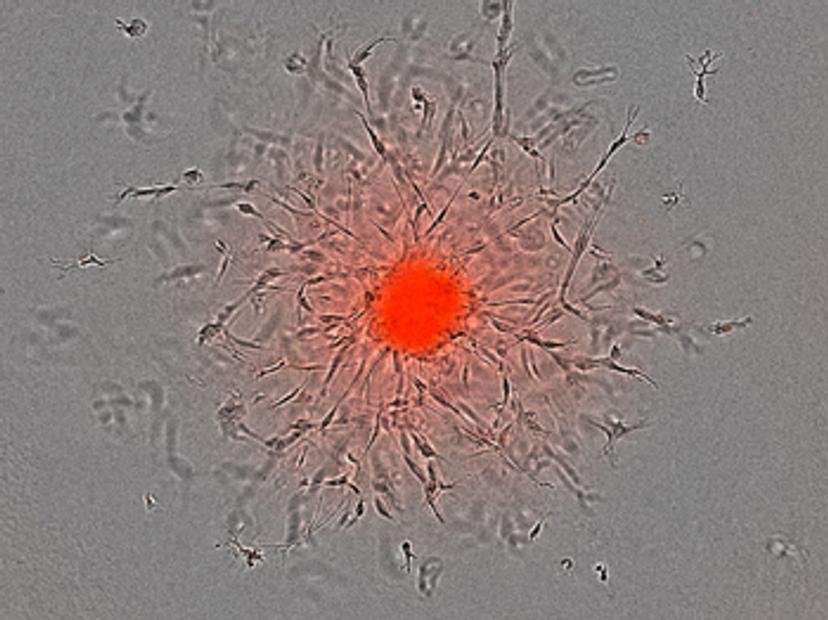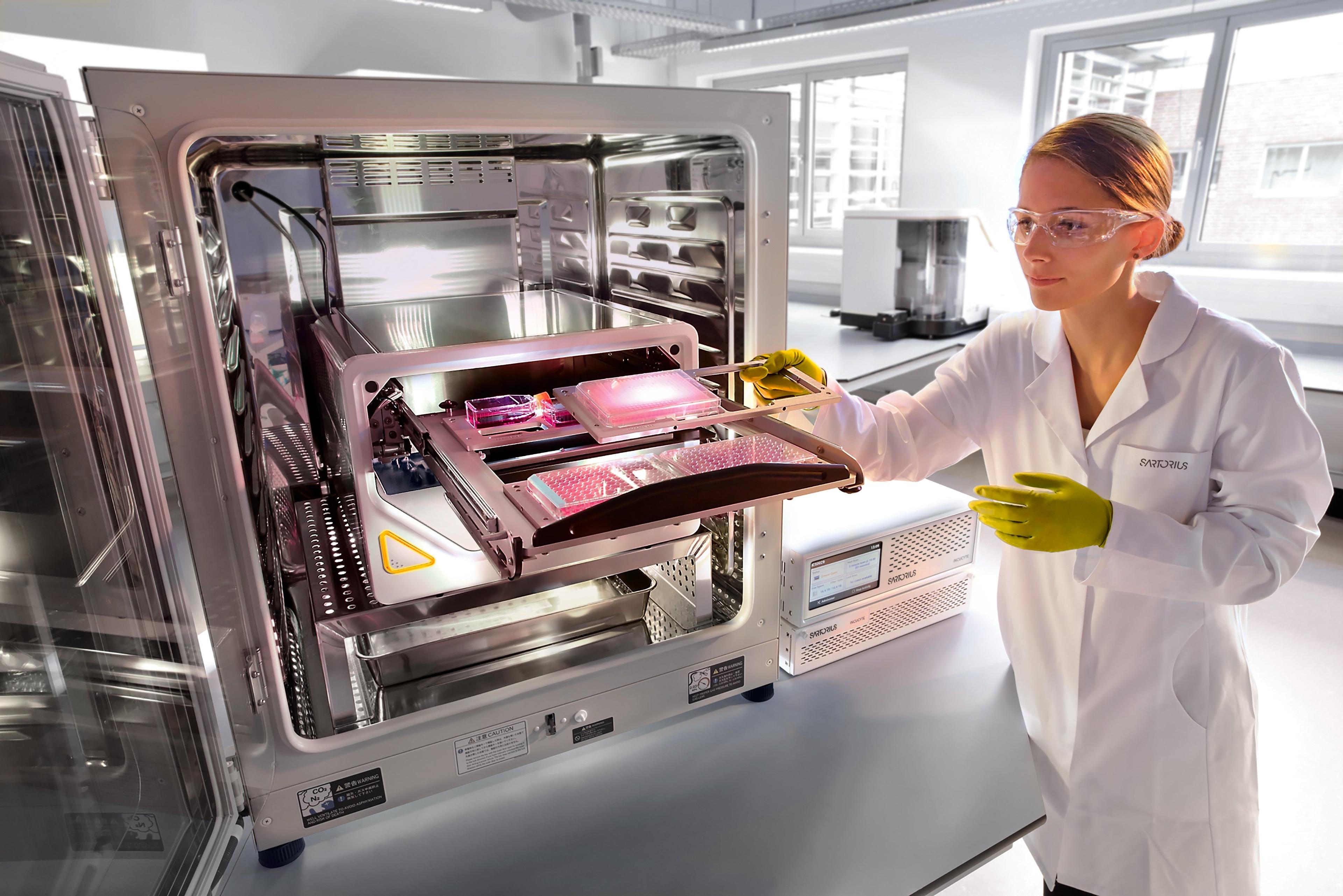The quest for experimental cancer therapeutics: Accelerating access to assay data
Find out about the 'revolutionary' technology enabling one lab to provide higher-quality, more timely data for cancer researchers
9 Jul 2020
The INLET core facility associated with Feist-Weiller Cancer Center at LSU-Health Shreveport, is a core facility laboratory where the research community can use its equipment, manpower and workflows to advance their discoveries for grants applications and publications. Jennifer Carroll, Ph.D., a translational research specialist at the center, describes it as “an outreach program” with the aim of helping researchers collect better data, in a timelier fashion. The ultimate goal is to help with research publication and improve the likelihood of projects receiving grants. Carroll explains: “We are the people you go to when you want to start doing things better, faster, and more rigorously, and the Incucyte platform has definitely played a big part in this.”

Small molecule screening to enhanced gene therapy
For the Feist-Weiller Cancer Center, what started out as a screening lab for small molecules has evolved as researchers are increasingly heading towards genomic approaches and immunologic intervention. The center now often uses its existing libraries as a tool to enhance a user’s chosen cancer therapeutic by finding compounds that are additive or synergistic.
Reflecting on this industry shift, Carroll firmly believes small molecules, that make up the drugs currently being used in clinics, will remain important for the foreseeable future: “Even if you find the exact genetic component for each individual patient, it is going to be different across a panel of patients and a panel of different cancers.”
The center uses the Incucyte system from Sartorius to perform a number of assays throughout both small molecule and genetic studies. “We use the Incucyte for everything – it’s a workhorse. We perform proliferation assays to decipher the compound activity, then move on to more specific assays that look at pathways such as apoptosis. With the Incucyte we can also perform 2D or 3D motility and invasion assays to see the chosen compound’s influence on these processes, which are both important considerations in cancer progression. We have even put together a 3D spheroid assay to look at individual tumor cells and see if we have any tumor shrinkage due to therapeutics.”
We use the Incucyte for everything – it’s a workhorse
Real-time data and reduced lab labor
When the center was first set up, MTT or MTS assays were used, and these were read on a plate reader. This meant that for each assay, multiple sets of plates needed running. Carroll explains: “To do a 72-hour assay you needed a plate for each endpoint time point, so a plate for 0, for 24, for 48, and one for 72. So, initially, we were doing four times the plates that we now do with the Incucyte.”
Carroll’s group compared these MTT/MTS assays with one-plate Incucyte assays and found that the data was almost exactly the same for a less labor-intensive workflow. “It’s definitely made our process much more real-time and a lot less work on my part. This has been revolutionary for me because we can then multiplex assays together and you're getting double or triple the data from one plate.”
This has been revolutionary for me
Challenges, rewards, and the importance of support
Carroll highlights that the biggest challenges for the center are instrument space and time. Finite space means that addressing the large volume of experiments in good time, while continuing to push outside contracts forward, is a challenge. As a result, the center is planning on purchasing an additional Incucyte® S3 Live-Cell Analysis System or the newly introduced Incucyte SX5 system, to provide more flexibility in scheduling and available applications for even further multiplexing of assays.
Based on the objectives of the center, its users, and the outside contracts and research agreements, Carroll explains how it develops methods in response to what is needed to progress these various projects in the most effective way, “It’s just trying to figure out how to make what I have work for what I need,” says Carroll. “Much of our method development is straight up trial and error, which is very rewarding if it works, but at other times really challenging. We've picked up pieces from literature, ideas from scientific meetings, and we are always talking to people at Sartorius and the scientists there.”
On the center’s relationship with Sartorius, Carroll says: "We know them, and we know what we're getting into. Their customer service is amazing and it's always the same person that you get on the phone or in an email. We know the service technicians that perform our preventive maintenance or come to the center if we have any kind of hardware failure. It's just been a fantastic relationship.”
It's just been a fantastic relationship
Bridging the gap between the bench and cancer clinics
One major barrier to success for benchtop scientists in translational medicine is the current disconnect from those at the sharp end of clinical care'. Carroll explains that moving from bench to clinic can be an incredibly daunting process: “Often, we are missing the real clinical application or the real question that the doctors are asking. So, if researchers could just walk across the hall and ask clinicians what their real questions were, then we could work better together to find a way to treat patients more effectively.”
Carroll also highlights how prevention and early detection are key to controlling, limiting, and ultimately curing cancer: “It's metastasis that kills patients, so if we could catch all the cancers before there's a metastatic disease, it would be a much different world,” concludes Carroll.
Do you use Sartorius products in your lab? Write a review today for your chance to win a $400 Amazon gift card>>

